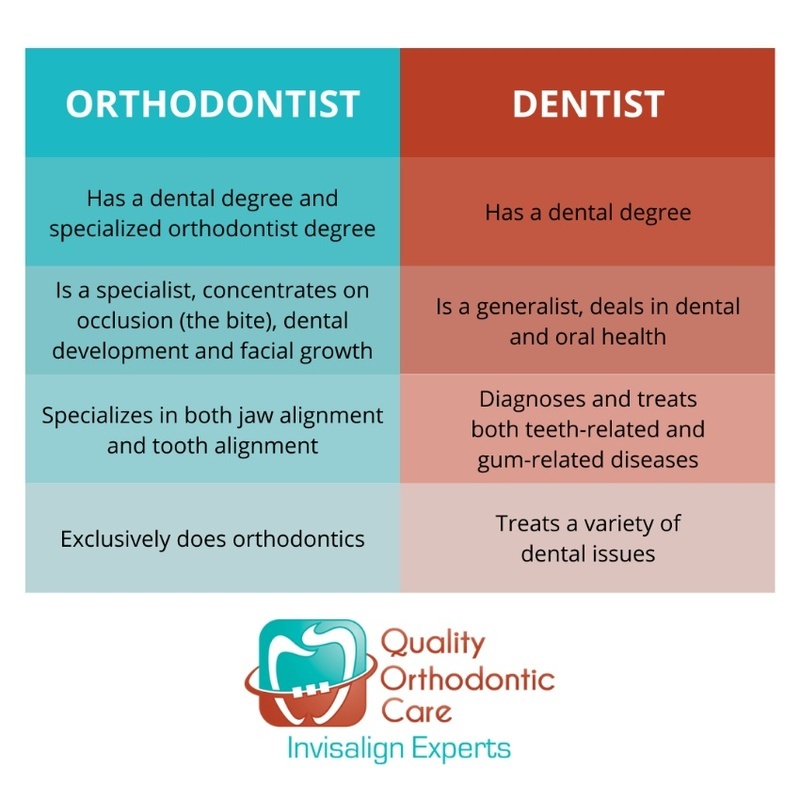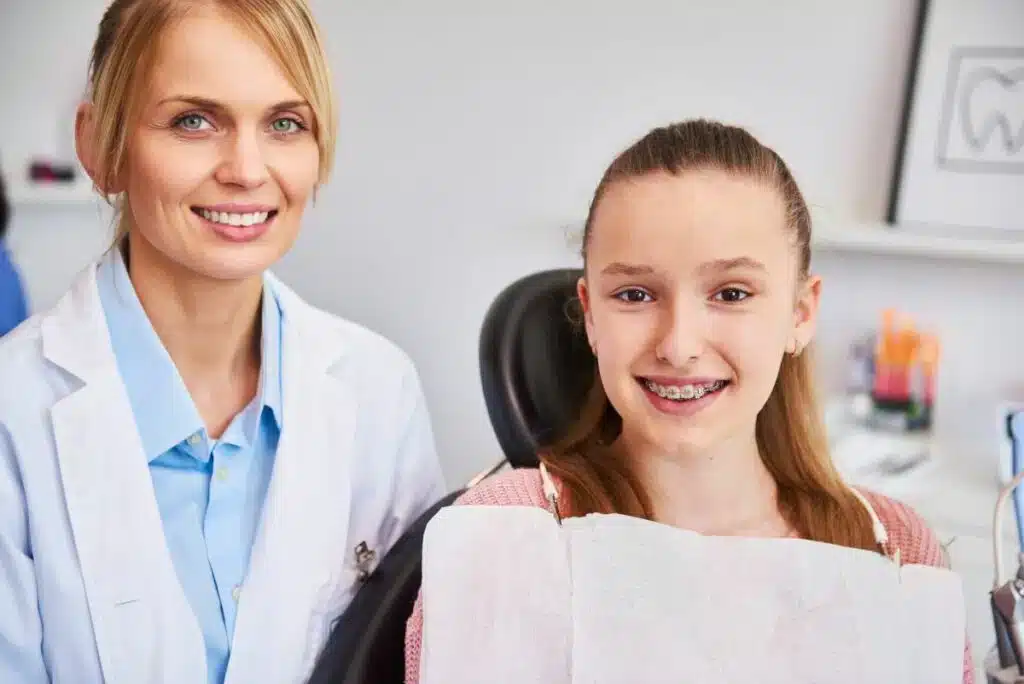About Causey Orthodontics
Table of ContentsWhat Does Causey Orthodontics Do?Not known Incorrect Statements About Causey Orthodontics 7 Easy Facts About Causey Orthodontics DescribedUnknown Facts About Causey OrthodonticsThe Ultimate Guide To Causey Orthodontics
Ignoring occlusal partnerships, it was normal to remove teeth for a range of oral problems, such as malalignment or congestion. The principle of an undamaged dentition was not commonly valued in those days, making bite relationships seem unnecessary. In the late 1800s, the principle of occlusion was important for creating trustworthy prosthetic substitute teeth.As these principles of prosthetic occlusion advanced, it came to be an important device for dentistry. It remained in 1890 that the work and effect of Dr. Edwards H. Angle began to be felt, with his payment to contemporary orthodontics especially noteworthy. Initially focused on prosthodontics, he showed in Pennsylvania and Minnesota before routing his attention towards oral occlusion and the treatments required to preserve it as a normal condition, hence coming to be understood as the "dad of contemporary orthodontics".

The concept of perfect occlusion, as postulated by Angle and included right into a classification system, allowed a change in the direction of dealing with malocclusion, which is any type of deviation from normal occlusion. Having a full collection of teeth on both arches was highly searched for in orthodontic treatment as a result of the demand for precise partnerships in between them.
Not known Factual Statements About Causey Orthodontics
As occlusion became the vital concern, facial percentages and aesthetic appeals were neglected - affordable orthodontist near me. To achieve optimal occlusals without making use of exterior forces, Angle postulated that having best occlusion was the most effective method to get maximum face aesthetics. With the passing away of time, it came to be rather obvious that also an outstanding occlusion was not appropriate when taken into consideration from a visual point of sight
It came to be evident that orthodontic therapy might readjust mandibular growth, bring about the development of functional jaw orthopedics in Europe and extraoral pressure procedures in the US. Nowadays, both useful appliances and extraoral gadgets are used around the globe with the purpose of changing development patterns and kinds. As a result, seeking true, or at least boosted, jaw relationships had actually ended up being the major purpose of treatment by the mid-20th century.
Causey Orthodontics - Truths
 The American Journal of Orthodontics was created for this purpose in 1915; prior to it, there were no scientific purposes to adhere to, neither any kind of precise classification system and brackets that lacked features. Till the mid-1970s, braces were made by wrapping metal around each tooth. With innovations in adhesives, it became possible to instead bond metal braces to the teeth.
The American Journal of Orthodontics was created for this purpose in 1915; prior to it, there were no scientific purposes to adhere to, neither any kind of precise classification system and brackets that lacked features. Till the mid-1970s, braces were made by wrapping metal around each tooth. With innovations in adhesives, it became possible to instead bond metal braces to the teeth.This has had significant results on orthodontic therapies that are carried out regularly, and these are: 1. Appropriate interarchal partnerships 2. Proper crown angulation (idea) 3.
The benefit of the layout exists in its brace and archwire mix, which needs only minimal cable bending from the orthodontist or clinician (emergency orthodontist near me). It's appropriately named after this feature: the angle of the port and density of the brace base ultimately determine where each tooth is situated with little demand for additional manipulation
The Facts About Causey Orthodontics Uncovered
Both of these systems utilized similar braces for each tooth and demanded the flexing of an archwire in three airplanes for situating teeth in their desired positions, with these bends determining best placements. When it involves orthodontic home appliances, they are divided into two types: detachable and fixed. Removable home appliances can be handled and off by the person as called for.

Thus, practically all contemporary fixed home appliances can be considered variations on this edgewise appliance system. Early 20th-century orthodontist Edward Angle made a major payment to the globe of dental care. He produced 4 unique home appliance systems that have actually been utilized as the basis for lots of orthodontic treatments today, disallowing a few exemptions.
Causey Orthodontics Things To Know Before You Get This

The cord finished in a thread, and to relocate onward, an adjustable nut was utilized, which enabled for a boost in circumference. By ligation, each specific tooth was affixed to this large archwire (orthodontist expert). Due to its minimal variety of movement, Angle was unable to accomplish specific tooth positioning with an E-arch
These tubes held a firm pin, which could be repositioned at each consultation in order to relocate them in position. Referred to as the "bone-growing device", this contraption was supposed to urge healthier bone growth as a result of its possibility for transferring pressure straight to the origins. Nevertheless, applying it confirmed frustrating in truth.